A problem, or an opportunity for a new landscape paradigm?
I was recently working on a tree project in Abu Dhabi when I came across a derelict site which intrigued me with it’s range of exotic self-seeded, non-native plants. The site was next to the Corniche and sandwiched between the Formal Park, my hotel and Capital Gardens. It struck me initially as the perfect basis of a xeriscape, as all the plants (mostly trees) were thriving without irrigation. On closer inspection and identification of the species involved, things got more complex and raised a lot of potentially conflicting thoughts and issues.
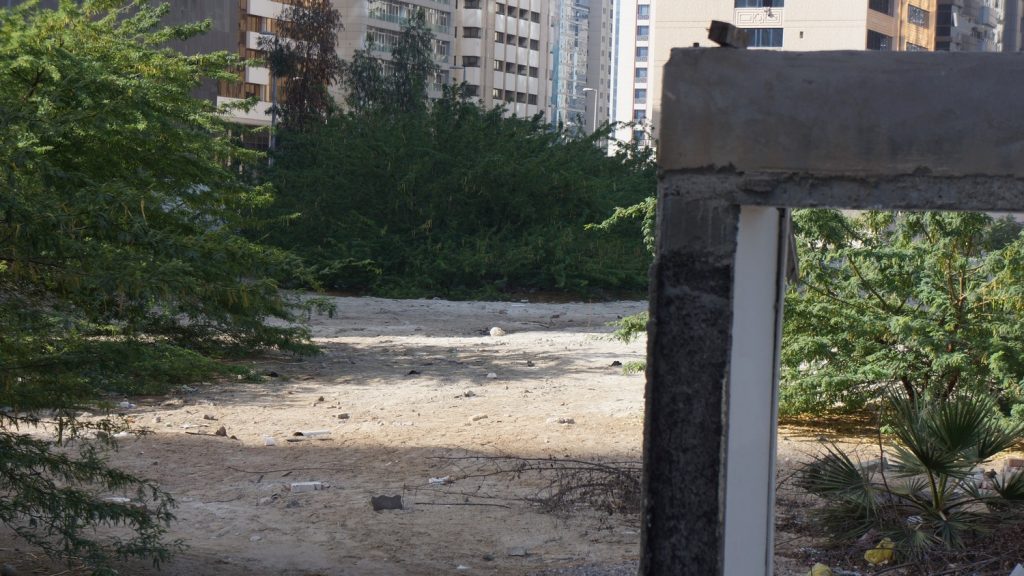
The site was clearly awaiting redevelopment and the plant invasion was opportunistic. Nothing that I could identify was native, yet all seemed happy there. When you see the list, you might understand why. Amongst the plastic and litter I identified:
- Prosopis juliflora
- Ficus benghalensis
- Eucalyptus camaldulensis
- Conocarpus lancifolius
- Washingtonia robusta
Of those plants, the P. juliflora was the most robust and when you look at its reputation, that is of no surprise. It was of landscape scale, lush and greener than anything in the adjacent parks. It’s form, leaf, flowers and seeds are attractive from a landscape perspective. Yet this is undoubtedly the most controversial plant on this list – some would say alarming. A Native of arid zones in central and South America, this was, like so many others, introduced into the UAE in the 70’s as a forestry plant. Lauded as something of a super-crop tree, it is tenacious, vigorous, provides fuelwood and stock-feed in the form of abundant seeds. The latter, it turned out, were a problem in that they are spread by cattle and are extremely aggressive. Plants also regenerate rapidly from the roots when cut back and they reputedly produce biochemical inhibitors to suppress competition (allelopathy). With no natural competitors in the UAE and roots that can descend 50m in search of water, they out-compete native flora, even their cousin, Prosopis cineraria (ghaf tree).
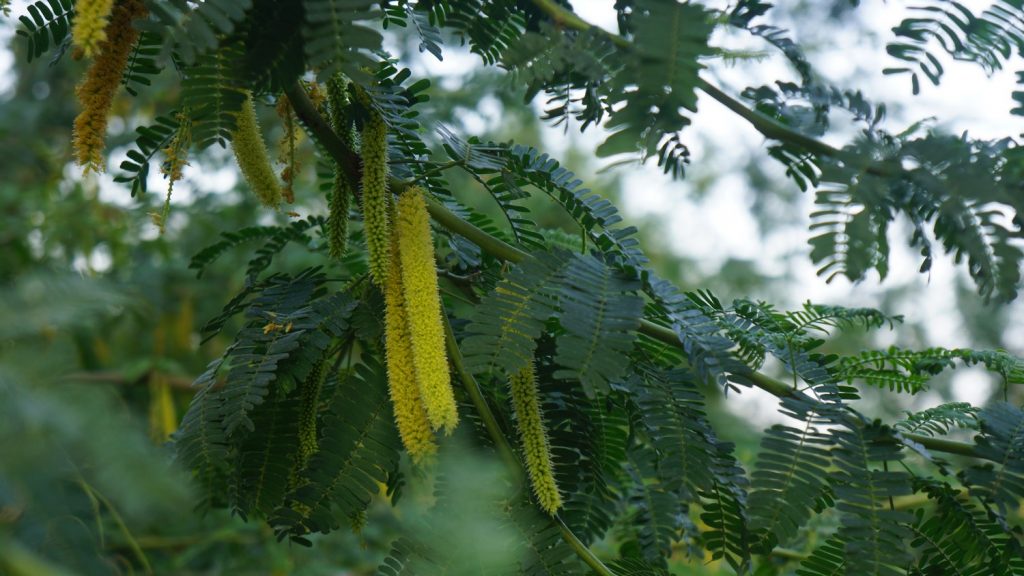
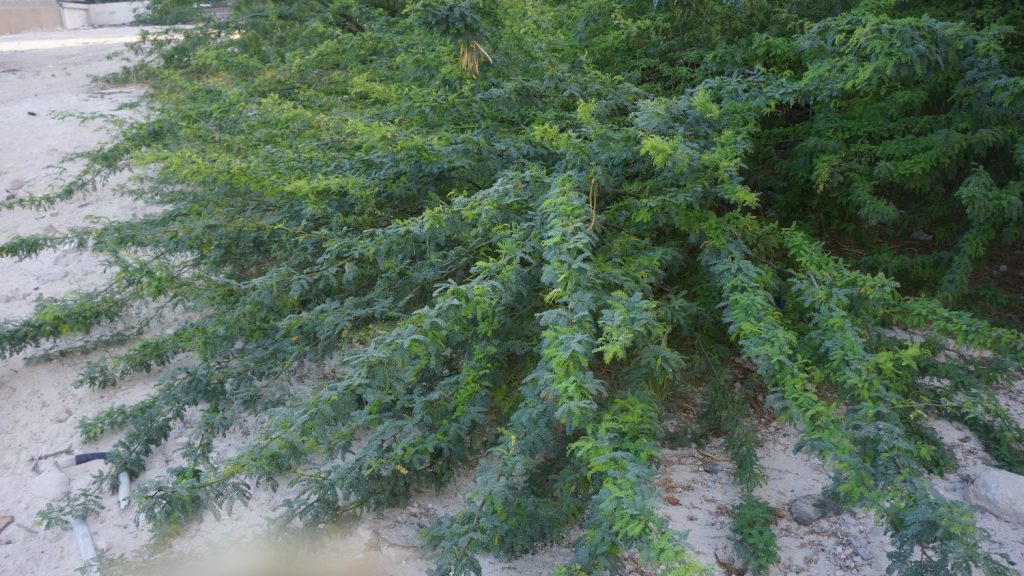
Also on the site were a number of Banyan trees, Ficus benghalensis, which seemed to be growing happily. Another tough survivor, it should be borne in mind that the water table here is likely only a metre or so below ground, although it will have a high saline content.
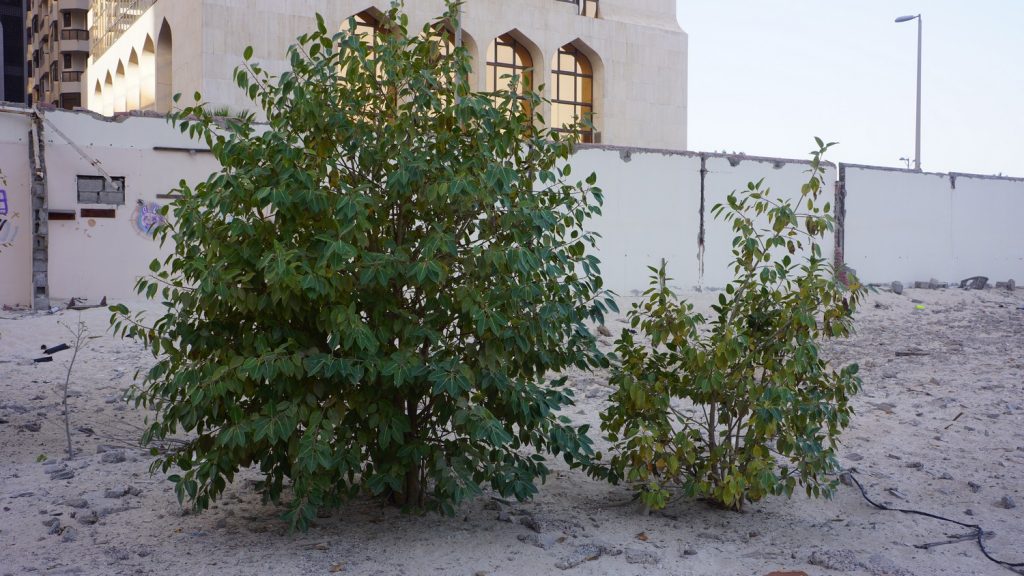
Then there was Eucalyptus camaldulensis , another forestry/amenity introduction of the 70’s, also known and now generally avoided for its aggressive roots, yet here looking beautiful with its grey, lanceolate foliage. This was the tallest tree on site.
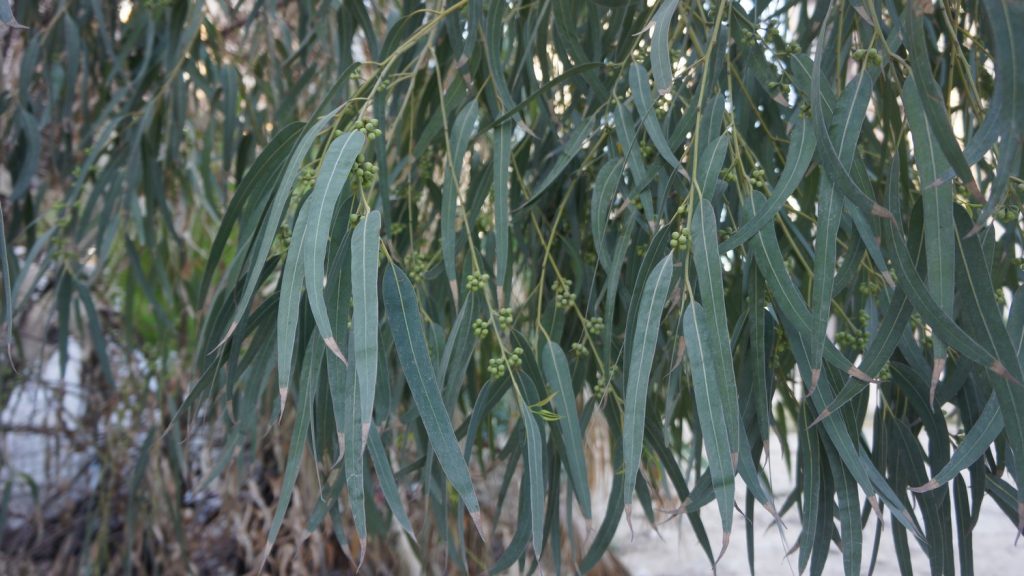
Of course, there was the ubiquitous Conocarpus lancifolius, widely planted still yet also recognised and a danger to any nearby drains, and on it’s way out in popular use. Except it does make such a good tall hedge, and it has a much nearer native origin, coming from Somalia, Djibouti and Yemen. I’m not sure that the UAE landscape industry is ready to ditch it just yet.
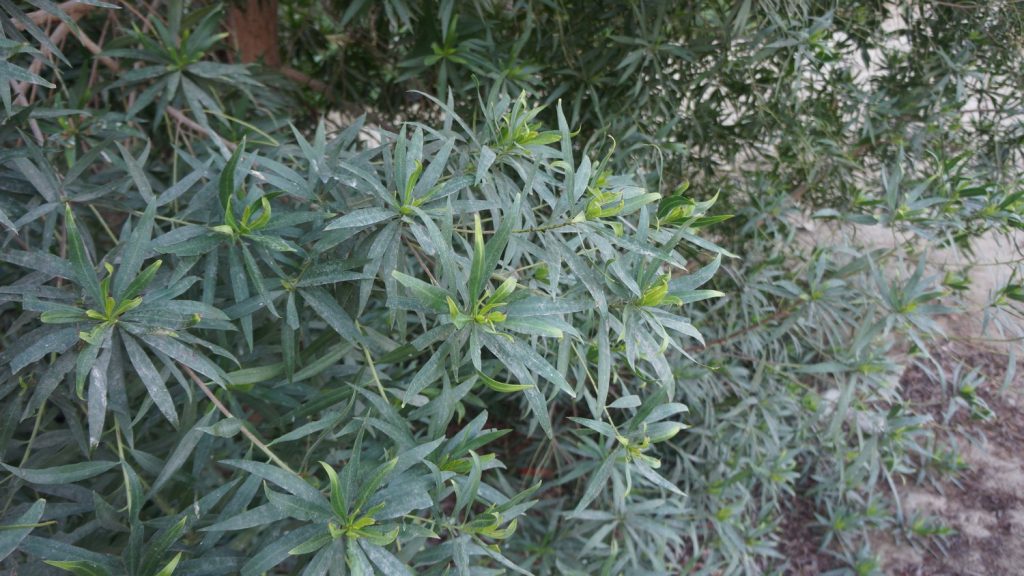
There was even a palm, Washingtonia robusta, self-seeded around the place. Much of it was to be found growing underneath the canopy of the P. juliflora, so that at least is not put off by any allelopathic biochemicals from the Prosopis.
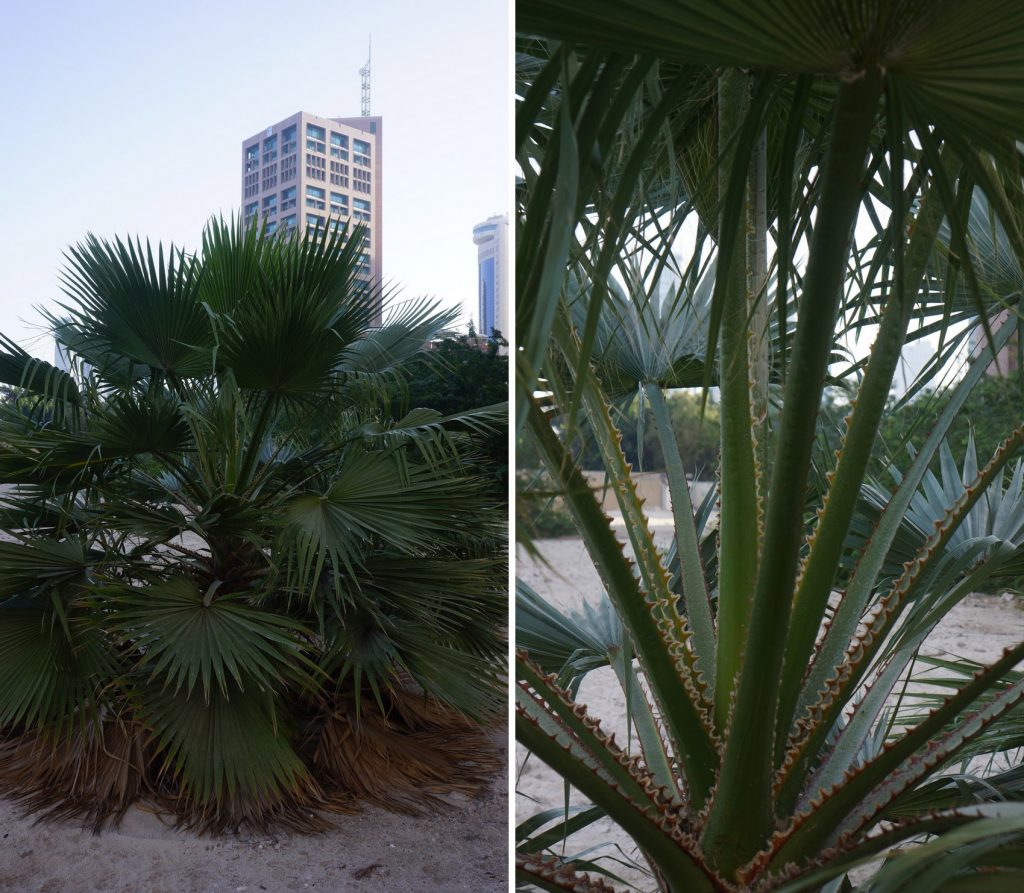
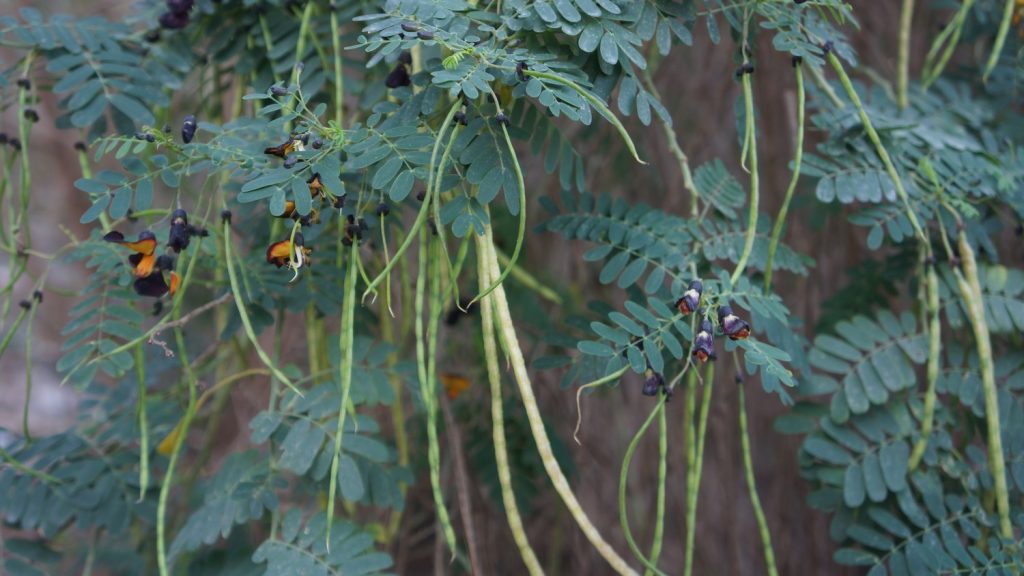
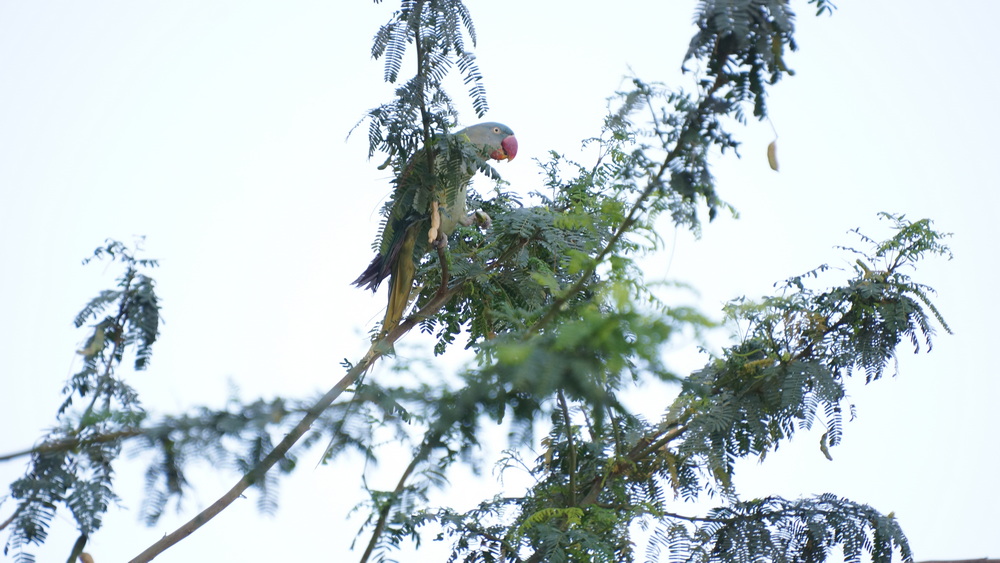 Rose-ringed Parakeet
Rose-ringed ParakeetInhabiting, or at least visiting the site, was a Rose-winged Parakeet. Another exotic invasive with beautiful form but aggressive tendencies; it seemed appropriate to the moment, somehow.
What does this mean for future landscapes and ecology?
From a conventional ecology point of view, these plants are all threats, and the threats probably outweigh their usefulness. So why am I even talking about this? Clearly, the move towards more naturalistic landscapes draws heavily on native species and would shun all of these species.
Except we have climate change.
Climate change is the elephant in the room, when it comes to ecology, in fact when it comes to sustainability generally and a livable planet overall. That we have already moved beyond vital tipping points is highly likely; that climate zones are moving away from the equator at a rate too fast for nature to adapt is a fact. Flora and even some fauna just can’t move regions that quickly. They will adapt, eventually; but those that are rare, specialist and struggle with change, will die. The tougher generalists will adapt and survive. Nature will build a new ecology to reflect the new reality, and it doesn’t mind if it takes a few thousand years to do so. Only we humans mind and so, if we are to survive, we must adapt our environments to fit the new reality. It is a sad fact that many cherished plants will eventually die out or move zones. In the UK, I dread losing our native oaks (I view these as our ghaf tree equivalent), yet we may get Mediterranean species to replace them, such as holm and cork oak.
If you are already positioned in the arid equatorial zones then you have precious few plants that will form your new ecologies and landscapes. Perhaps the plants I have described above will be UAE naturalized-natives in 100 years’ time and the ghaf and sidr may be gone, or diminished, or moved north. I hope not, but before we spend vast fortunes on eradication and control of non-natives, we should look to the future. These aggressive invaders may just form the landscape of our children; I know I’d rather live with a landscape, than none at all. If there is no landscape, there is no life. They may, in fact, be here to save us.
Once we grasp this fact, we can look at building new landscapes to suit our changing environments. I’ve written about this before and you can read the articles listed below. We must be vastly more holistic in our thinking in order to do this and broaden our horizons to understand the new future. Technology will help us to monitor, collect data and produce working strategies. Robotics and drones will help manage and control plant communities. Alongside that, we need a vastly better understanding of soils, microflora and fauna, for the bit of nature that we see is just, literally, the tip of the iceberg. The selection of tree and shrub species for adaptation is easy, we get this wrong when we don’t deal in whole context thinking eg. only thinking of forestry or ornamental benefits.
The challenge ahead is huge but in a weird way, exciting; it will challenge the human race to grow. There’s a whole new science to develop and we’d best get on with it.
Update 2019
According to Google, the site has been cleared some time in 2019:
But seeds will be waiting for future opportunity!
Update 2021
According (again) to google maps. regrowth appears to be happening!
I revisited this site in April 2022 and am pleased to say plants are once again thriving; I will write an update article and link it here.
Other articles by ML that relate to this topic:
Creating non-irrigated climate-adapted landscapes in the Middle East
Older articles:
https://www.marklaurence.com/wp/trans-migrational-landscapes-a-survival-strategy-for-the-world/
https://www.marklaurence.com/wp/why-we-can-and-must-create-new-adaptive-ecologies/
https://www.marklaurence.com/wp/trees-climate-change-our-landscapes/
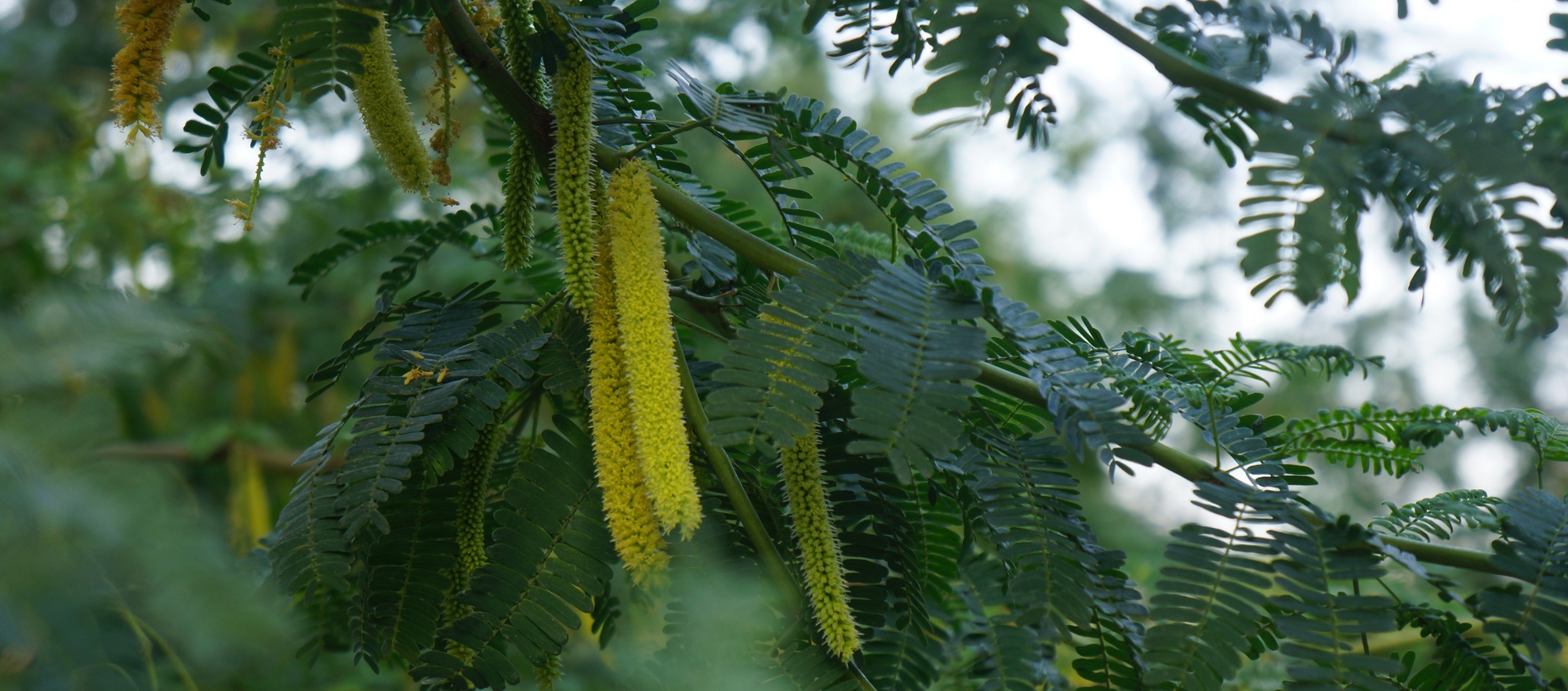
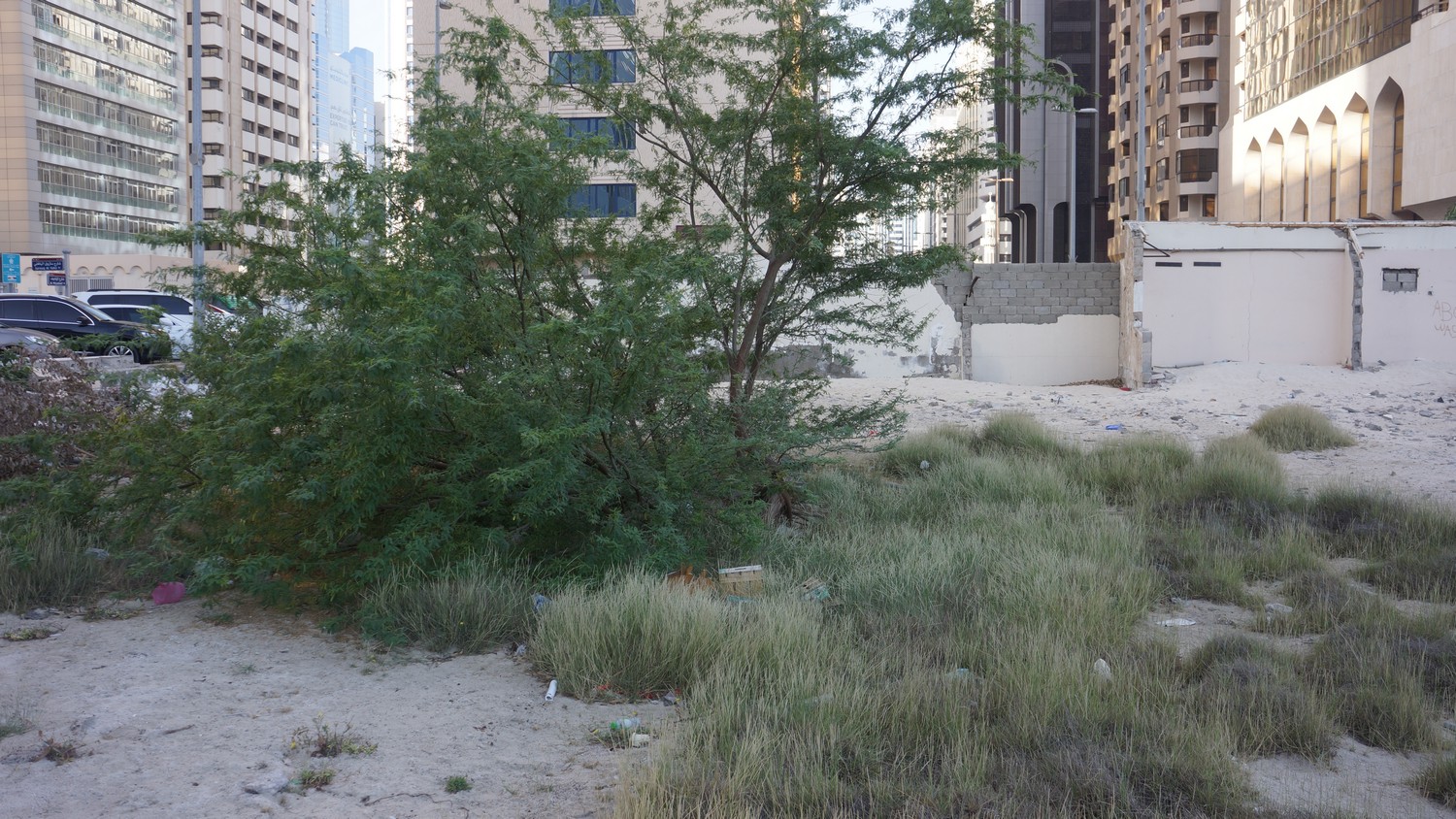
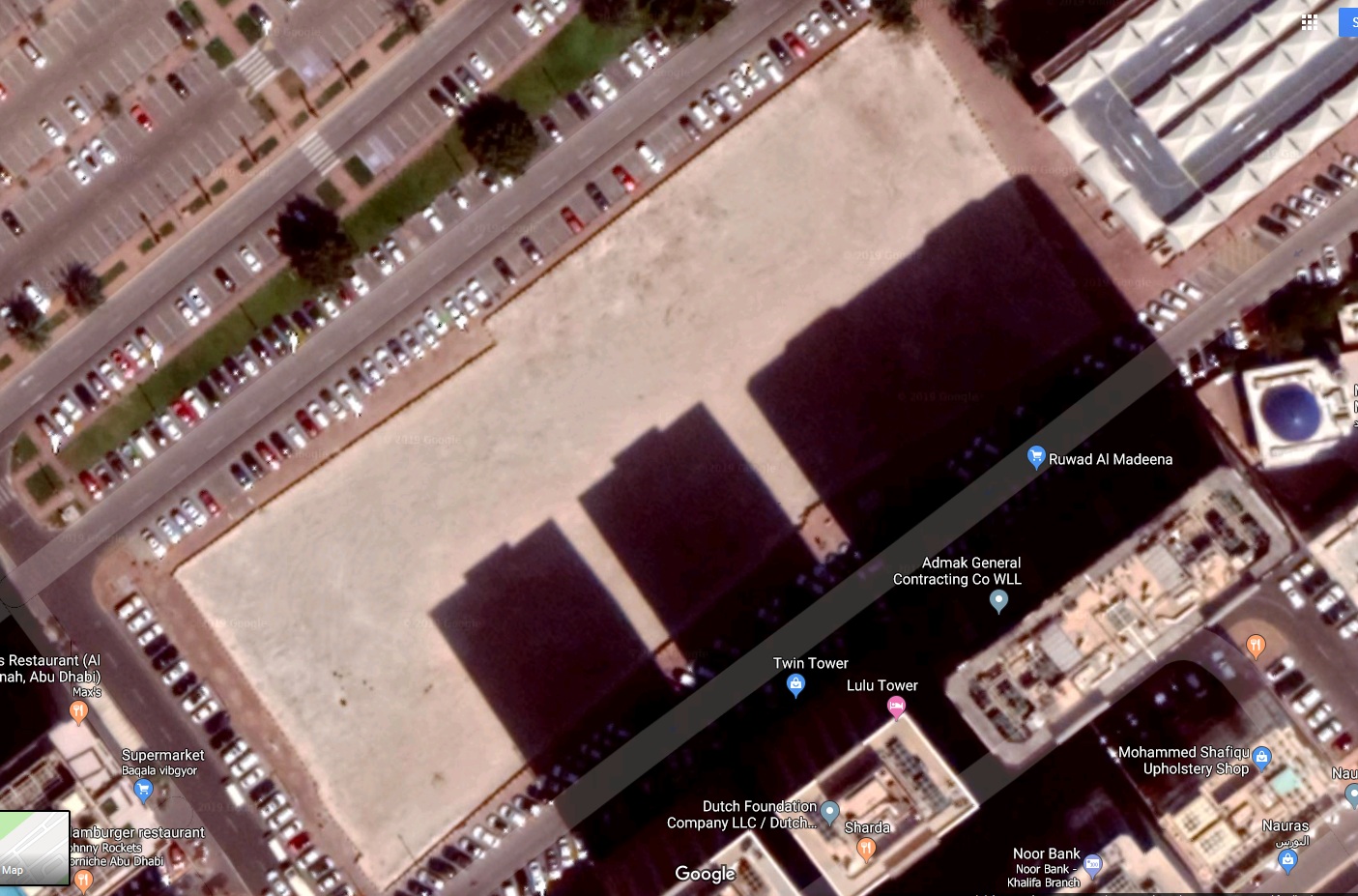
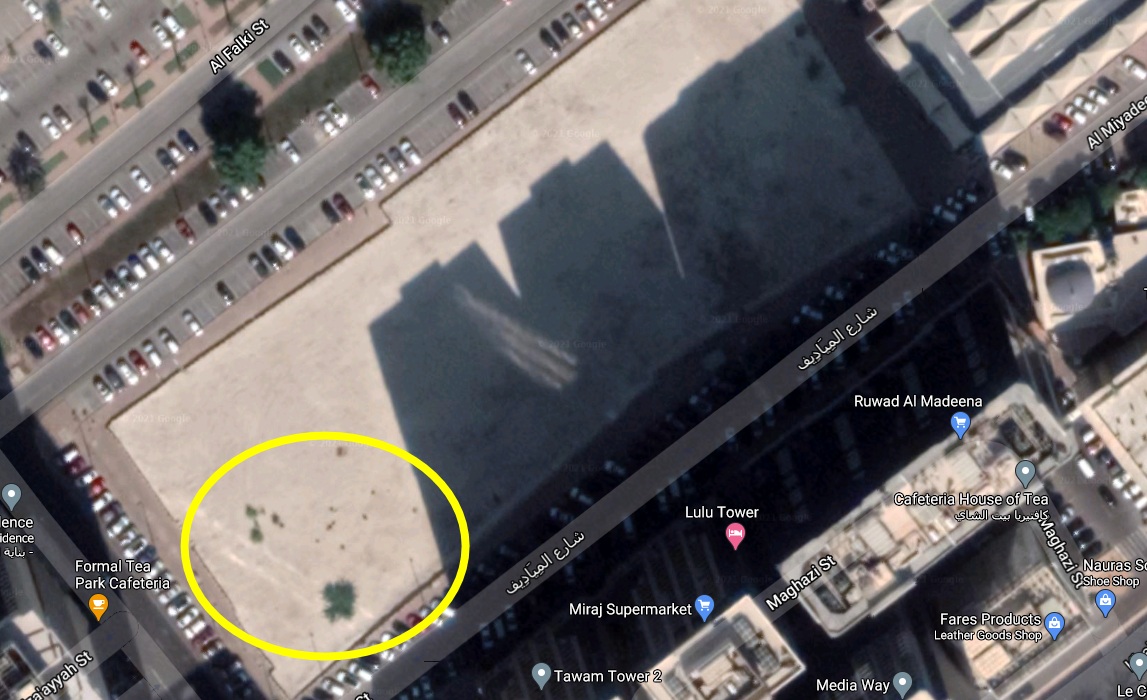
Interesting view point and observations. Food for thought for LAs in uae and region. We are currently working on the Green Riyadh initiative which will transform Riyadh over the coming years, and your article rings warning bells. The challenge of greening a city without introducing non invasive non natives is huge. Is the die already cast or can we plan for a responsible solution.
Hi Rob, thanks for your comment, it is indeed a challenge. I too am about to start work on soft landscape design for a major project in Riyadh, we should meet. I’ll email you.